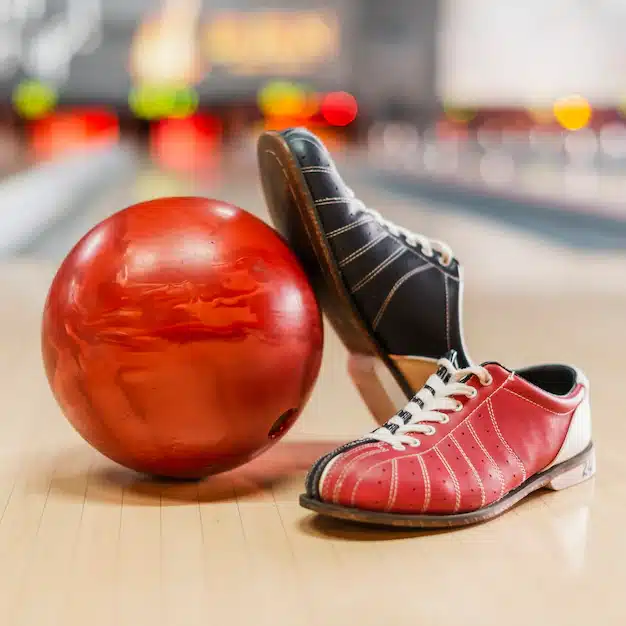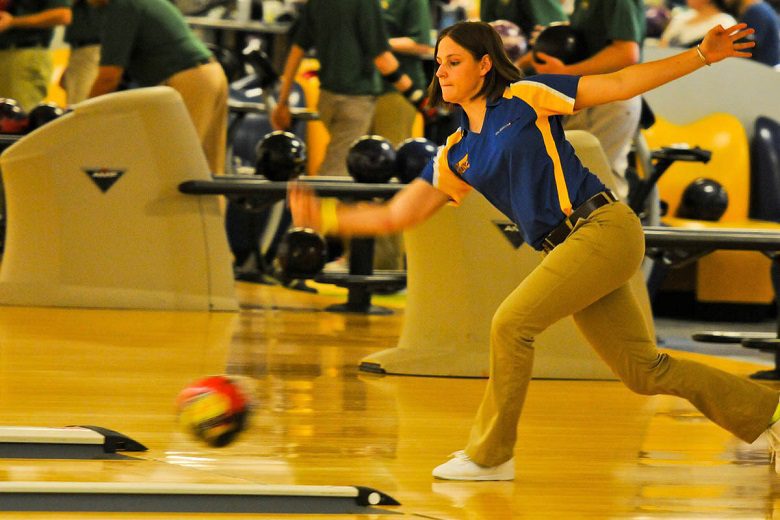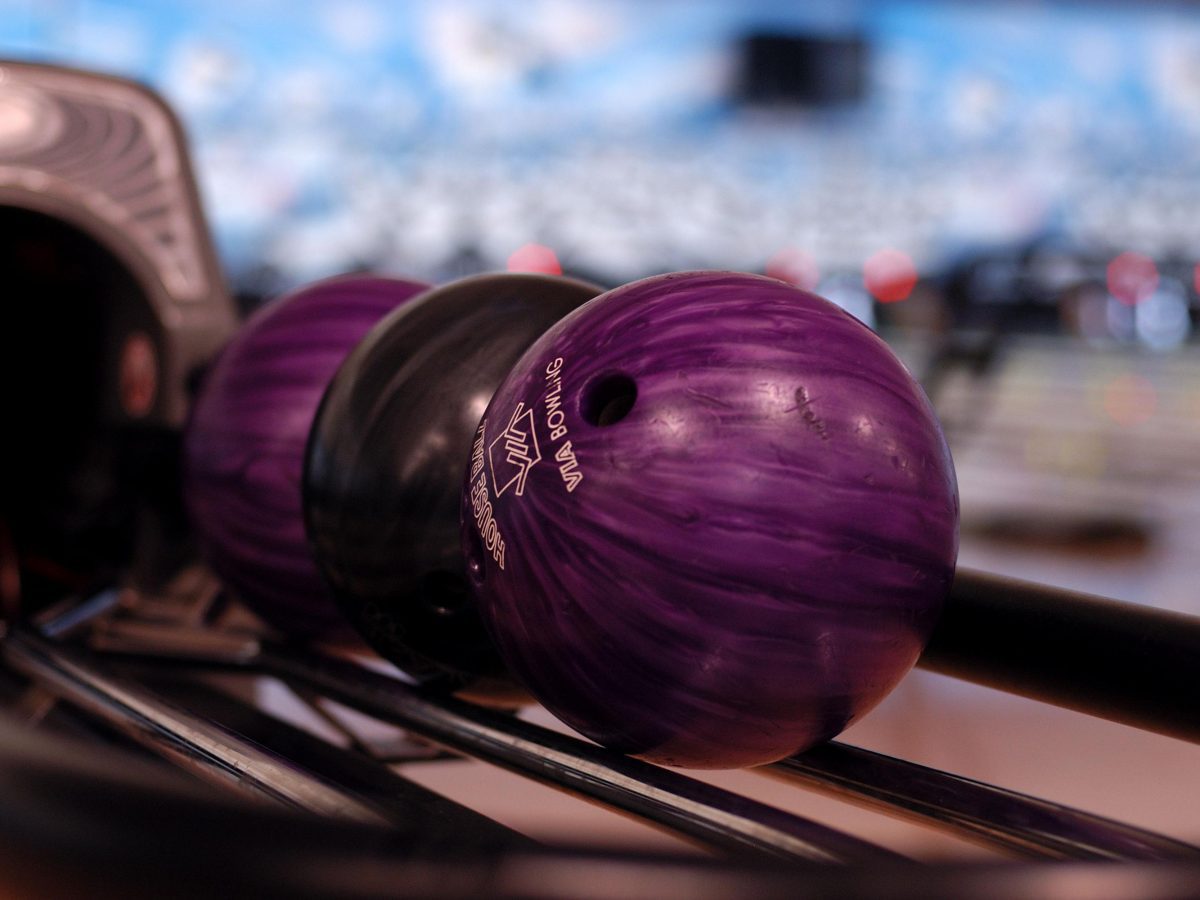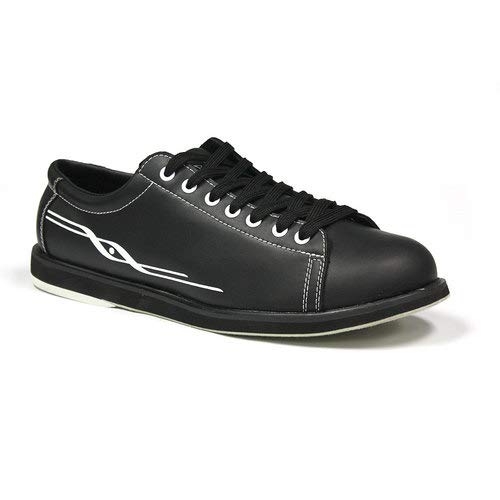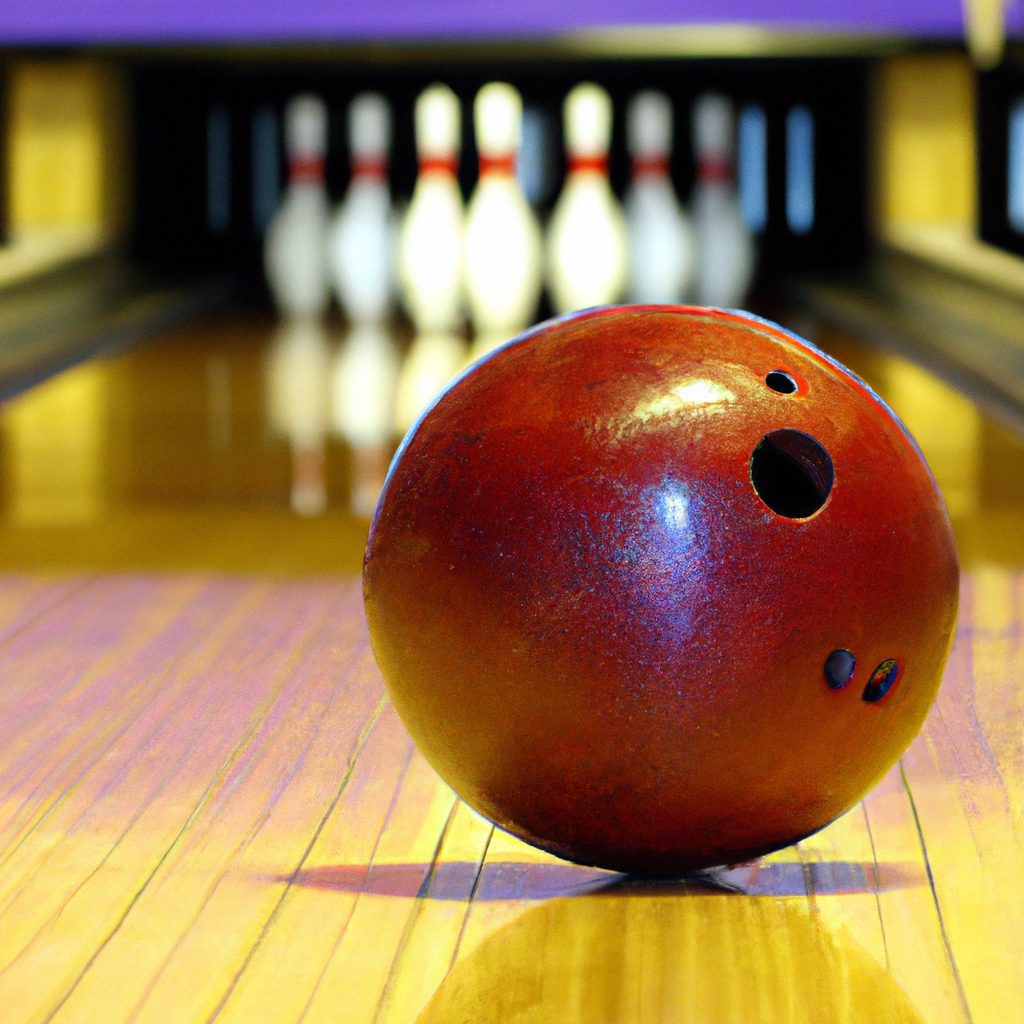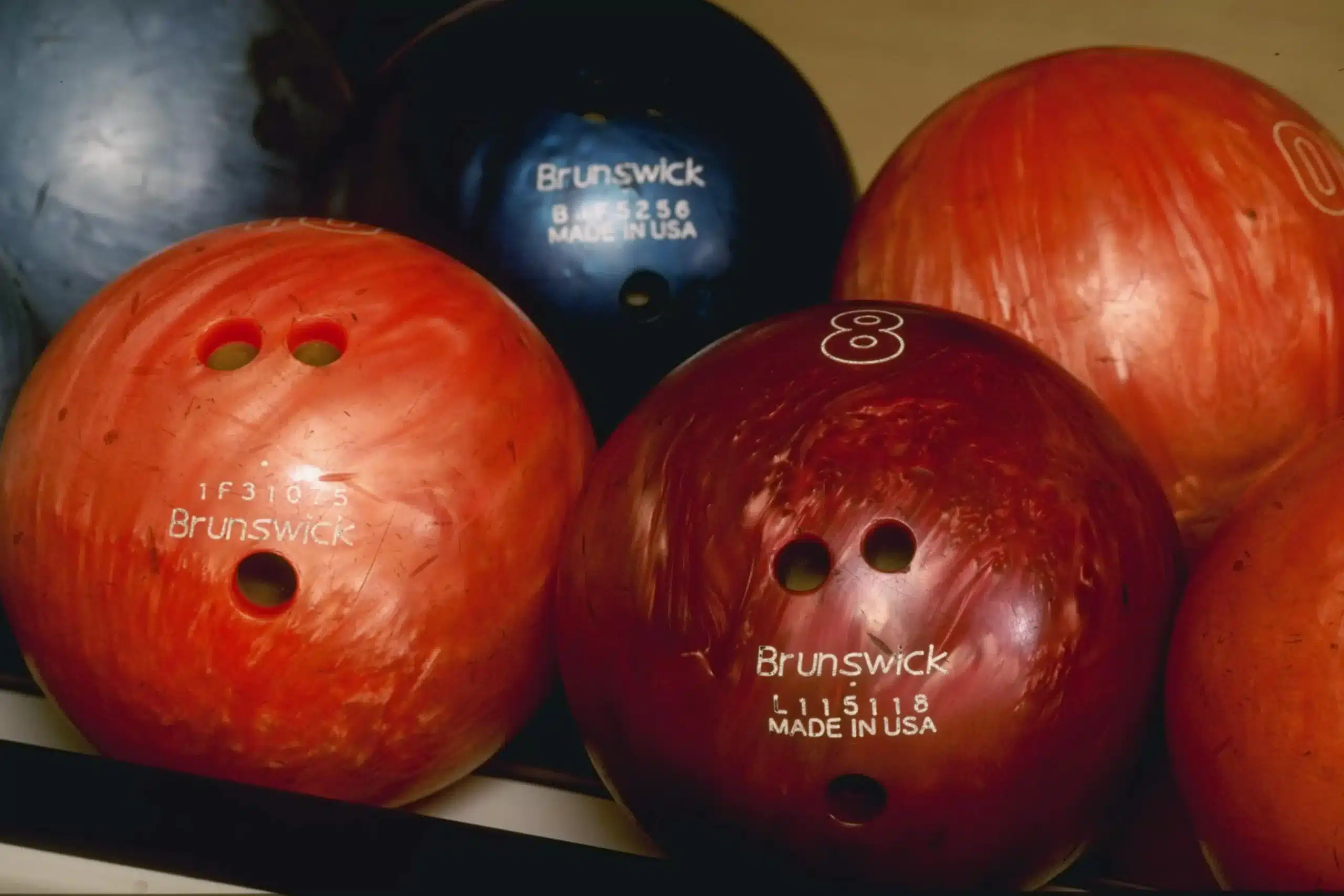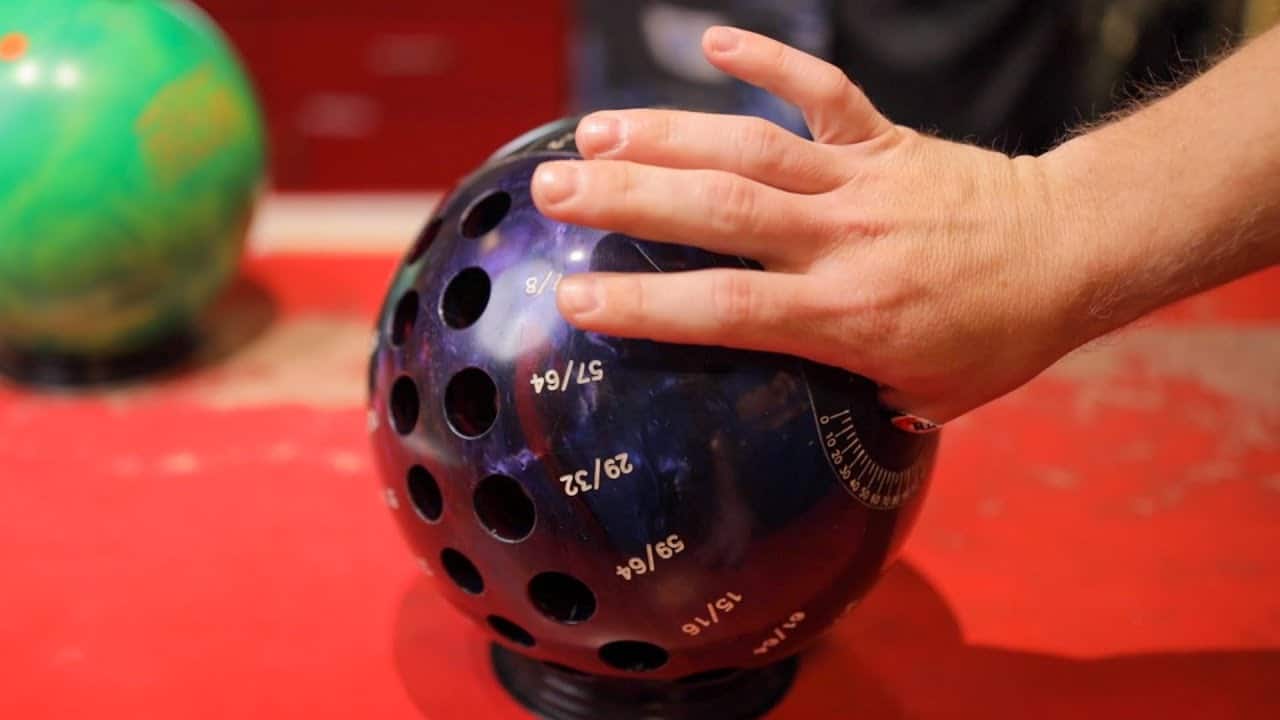Have you ever wondered just how many bowling balls can fit inside a bag? Well, prepare to be amazed as we unlock the secrets behind this puzzling question. From the average weight and size of a standard bowling ball to the dimensions and capacity of a typical bag, we are about to embark on a journey of mathematical marvels and practical possibilities. So, grab your curiosity and get ready to discover the intriguing answer to this enigma.
Review contents
Factors that Determine Bowling Ball Capacity in a Bag
Bowling ball capacity in a bag is influenced by various factors that contribute to its size and weight. These factors include the number and size of the bowling balls, the type and size of the bag, the padding and protection offered by the bag, the arrangement and organization of the balls within the bag, and other miscellaneous factors that may affect the bag’s capacity.
Size and Weight of the Bowling Balls
The size and weight of the bowling balls play a crucial role in determining how many can fit in a bag. Typically, bowling balls range in weight from 10 to 16 pounds, with the most common being 14 to 16 pounds for adults and lighter options for children. The size of the bowling balls can vary, but they have a standard diameter of about 8.5 inches. The weight and size of the balls will influence how many can comfortably fit in a bag without compromising the bag’s integrity or causing excessive strain on the bag’s handles or straps.
Size and Type of the Bowling Bag
The size and type of the bowling bag are essential considerations when determining its ball capacity. Bowling bags come in various shapes and sizes, including tote bags, rolling bags, and backpacks. Single ball tote bags are designed to accommodate only one ball, while double ball tote bags can hold two balls. Triple ball tote bags have enough space for three balls, making them ideal for serious bowlers who like to have multiple options on hand. Rolling bowling bags have larger capacities and can hold multiple balls, shoes, and additional accessories. Bowling backpacks are compact and convenient but usually have limited ball capacity.
Padding and Protection of the Bag
The padding and protection offered by the bag are crucial for the safe transport of bowling balls. The bag should have adequate cushioning and padding to prevent damage to the balls during transit. Many bags feature foam or rubberized interiors to provide extra protection, while others have molded dividers or compartments to keep the balls separate and secure. The quality and effectiveness of the padding and protection will impact the bag’s capacity, as bulky or excessive padding may reduce the available space for balls.
Arrangement and Organization within the Bag
The way the balls are arranged and organized within the bag can also affect its capacity. Some bags have designated slots or compartments for each ball, ensuring a secure and organized arrangement. Others may have a single compartment where balls can be stacked on top of each other. The arrangement can impact the bag’s capacity, as stacking balls in a single compartment may limit the number that can fit comfortably or increase the risk of damage. Proper organization and strategic placement of the balls can help maximize the bag’s capacity.
Other Miscellaneous Factors
There may be other miscellaneous factors that can influence the bowling ball capacity of a bag. For example, the material and construction of the bag can affect its overall size and weight, which in turn may impact the number of balls it can accommodate. The presence of additional pockets or compartments for storing accessories or personal items may also reduce the available space for balls. It is important to consider these factors and choose a bag that meets your specific needs and preferences.
Theoretical Calculation of Bowling Ball Capacity
While understanding the theoretical capacity of a bowling bag may provide a general guideline, it is important to note that real-world factors and limitations may affect its actual capacity. However, a theoretical calculation can still offer a helpful estimate when determining the number of bowling balls a bag can hold.
Determining the Volume of a Bowling Ball
To calculate the theoretical capacity of a bowling bag, it is necessary to determine the volume of a bowling ball. The volume of a solid sphere can be calculated using the formula V = (4/3) * π * r^3, where V represents volume and r represents the radius of the sphere. Since bowling balls are typically 8.5 inches in diameter, their radius would be 4.25 inches. Plugging in the value for r and using the approximation π ≈ 3.14, the volume of the bowling ball can be calculated.
Calculating the Volume of the Bag
Next, it is important to calculate the volume of the bag. This can be done by measuring the dimensions of the bag and multiplying the length, width, and height. For irregularly shaped bags, it may be necessary to divide the bag into simpler shapes and calculate the volume of each section separately. Adding together the volumes of each section will give the total volume of the bag.
Dividing the Bag Volume by the Ball Volume
Once the volume of the bowling ball and the bag are determined, dividing the bag volume by the ball volume will provide an estimate of how many balls can fit in the bag. However, it is important to keep in mind that this calculation does not account for padding, dividers, or any other factors that may affect the actual capacity of the bag. Additionally, it is crucial to consider the arrangement and organization of the balls within the bag, as stacking or compressing the balls may alter their effective volume.
Considerations and Limitations of Theoretical Calculation
While theoretical calculations provide a helpful starting point, it is important to consider their limitations. Real-world factors such as padding, dividers, and personal preferences may affect the number of balls a bag can accommodate. Additionally, some bags may have a maximum weight or size limit, which can further impact their capacity. It is advisable to conduct a realistic assessment of the bag’s capacity based on actual usage and consider the practical factors discussed in the following section.
Realistic Assessment of Bowling Ball Capacity
While theoretical calculations can offer an estimate, it is crucial to conduct a realistic assessment of a bag’s capacity based on practical factors. Taking into account additional space needed, testing the bag with different materials and sizes, and considering arrangement and padding are all important elements to consider.
Accounting for Extra Space Needed
When assessing the capacity of a bowling bag, it is essential to account for any extra space needed for personal items, accessories, or additional equipment. This extra space is crucial for storing items such as bowling shoes, towels, wrist guards, or other accessories that are essential for a comfortable and enjoyable bowling experience. By considering the additional items that need to be stored in the bag, one can determine the true capacity of the bag for bowling balls.
Testing the Bag Capacity with Different Materials and Sizes
To obtain an accurate assessment of a bag’s capacity, it is advisable to test the bag with different materials and sizes of bowling balls. This will help determine how well the bag can accommodate various weights and sizes without compromising the integrity of the bag. By testing the bag with different materials, such as lightweight plastic balls or heavy resin balls, one can gauge the bag’s durability and capacity under different circumstances.
Taking into Account Arrangement and Padding
Effective use of the available space within the bag is crucial to maximizing its capacity. Taking into account the arrangement of the balls and the padding provided by the bag will help optimize the number of balls that can fit comfortably. Utilizing dividers, foam inserts, or other organization methods can help prevent damage to the balls while making efficient use of the available space. By considering the arrangement and padding, one can avoid overcrowding, excessive stacking, or potential damage to the bowling balls.
Types of Bowling Bags and Their Capacities
Bowling bags are available in various types, each offering different capacities and features to suit individual needs and preferences. Understanding the different types of bags and their respective ball capacities will help bowlers make an informed decision when choosing the right bag for their needs.
Single Ball Tote Bags
Single ball tote bags are designed to carry a single bowling ball and typically feature a single compartment. These bags are ideal for recreational bowlers or those who prefer to carry only one ball. They offer sufficient space for a ball, and some models may have additional pockets or compartments for storing accessories.
Double Ball Tote Bags
Double ball tote bags have two compartments, each designed to fit a bowling ball. These bags are popular among casual bowlers or those who like to alternate between two different balls during gameplay. Double ball tote bags provide enough capacity for two balls and may also have extra storage space for accessories or personal items.
Triple Ball Tote Bags
Triple ball tote bags are designed to carry three bowling balls, offering ample capacity for serious bowlers who like to have multiple options available. These bags typically feature three compartments, each capable of accommodating a bowling ball. In addition to the ball storage, triple ball tote bags often have plenty of space for accessories, personal items, and even shoes.
Rolling Bowling Bags
Rolling bowling bags are larger bags equipped with wheels and pull-out handles, making them easy to transport. These bags are designed to carry multiple balls, shoes, and accessories, offering a convenient solution for bowlers who require additional storage space. Rolling bags come in various sizes, with capacities ranging from four to six balls, depending on the specific model.
Bowling Backpacks
Bowling backpacks are compact and lightweight, making them an excellent choice for bowlers who prefer a hands-free option. While backpacks generally have a smaller ball capacity, typically accommodating one or two balls, they are versatile and often include pockets and compartments for accessories and personal items.
Custom Bags and Modifications
For bowlers with specific preferences or unique requirements, custom bags or modifications are an option worth considering. Custom bags can be tailored to individual needs, offering personalized storage solutions and capacities. Some bowlers may choose to modify their existing bags with additional compartments, dividers, or straps to optimize capacity and organization. However, it is important to ensure that any modifications made do not compromise the bag’s integrity or violate any bowling facility regulations.
Considerations when Choosing a Bowling Bag
When selecting a bowling bag, several factors should be taken into consideration to ensure the bag meets the bowler’s specific needs and requirements.
Number of Bowling Balls Typically Used
Determining the number of bowling balls typically used is essential in selecting the appropriate bag. If a bowler consistently uses multiple balls during gameplay, it is advisable to choose a bag that can comfortably accommodate the desired number of balls. Conversely, if a bowler only uses a single ball or prefers to travel light, a smaller bag with a single ball compartment may be more suitable.
Additional Storage for Bowling Accessories
Consideration should also be given to whether additional storage space is needed for bowling accessories. Some bowlers may require space for shoes, towels, gloves, rosin bags, or other personal items. Selecting a bag with ample compartments, pockets, or external attachments will ensure that all necessary accessories can be conveniently stored and easily accessed.
Preferred Bag Style and Design
Personal preference plays an important role when choosing a bowling bag. Consideration should be given to the style and design that best suits the bowler’s preferences and tastes. Whether it is a stylish tote bag, a functional backpack, or a convenient rolling bag, selecting a bag that is aesthetically pleasing and aligned with personal preferences will enhance the overall bowling experience.
Cost and Budget Constraints
Cost and budget should be taken into account when choosing a bowling bag. Bags come in a wide range of price points, and it is important to establish a budget that is comfortable and reasonable. However, it is advised not to compromise on quality and durability for the sake of cost, as investing in a high-quality bag will ensure longevity and better protection for the bowling balls.
Tips for Efficiently Packing Bowling Balls
Properly packing bowling balls is essential to ensure their safety during transportation and to maximize the capacity of the bag. Here are some tips for efficiently packing bowling balls:
Aligning the Balls Properly
Aligning the balls properly within the bag will help maximize the available space. Placing the balls side by side, rather than stacking them on top of each other, can help prevent unnecessary strain on the bag and maintain the integrity of the balls.
Using Padding and Dividers
Utilizing padding and dividers within the bag can help protect the balls from damage and optimize the use of available space. Foam inserts or molded dividers can be used to securely separate the balls and prevent movement during transit.
Minimizing Empty Spaces and Gaps
Minimizing empty spaces and gaps within the bag will ensure efficient use of its capacity. Filling any empty spaces with accessories, such as towels or rosin bags, will prevent the balls from shifting and help maintain stability within the bag.
Distributing Weight Evenly
Distributing the weight evenly within the bag is important for balance and stability. Placing heavier balls at the bottom and lighter ones on top will help maintain an even weight distribution and prevent strain on the bag’s handles or straps.
Organizing Accessories
Organizing accessories separately from the balls will help optimize the bag’s capacity. Utilizing separate compartments or pockets for shoes, towels, or other accessories will ensure everything is easily accessible without encroaching on the space needed for the balls.
Understanding Bag Restrictions in Different Bowling Facilities
Different bowling facilities may have specific rules and regulations regarding bag size, ball capacity, and other restrictions. It is important to understand these restrictions to ensure compliance and avoid any inconveniences or penalties during gameplay or competitions.
Standard Bag Size Limitations
Many bowling facilities have standard bag size limitations to ensure a fair and consistent playing field for all bowlers. These limitations may include restrictions on the width, height, or overall dimensions of the bag. Checking with the specific facility and adhering to these limitations will help prevent any issues or disqualifications.
Maximum Ball Capacity Allowed
Bowling facilities may also impose restrictions on the maximum number of balls allowed in a bag. These restrictions are typically in place to maintain lane conditions, prevent overcrowding, and ensure a smooth gameplay experience for all bowlers. Understanding the maximum ball capacity allowed will help determine the appropriate bag size and ensure compliance with facility regulations.
Specific Rules for Tournaments or Leagues
In tournament or league settings, additional rules and regulations may be in place to ensure fair play and maintain a competitive environment. These rules may include specific bag size limitations, weight restrictions for balls or bags, or regulations regarding the use of certain equipment or accessories. It is crucial to familiarize oneself with these rules and adhere to them to avoid any penalties or disqualifications.
Innovations and Future Trends in Bowling Ball Bag Designs
The world of bowling ball bag designs is constantly evolving, with manufacturers continuously developing innovative features and materials to enhance the functionality, convenience, and safety of bowling bags. Here are some current and future trends in bowling ball bag designs to look out for:
Advanced Materials and Construction Techniques
Manufacturers are incorporating advanced materials and construction techniques to create more durable, lightweight, and weather-resistant bags. These bags are designed to withstand the rigors of frequent use and travel while providing optimal protection for the bowling balls.
Multifunctional Bags with Expandable Compartments
Multifunctional bags with expandable compartments offer enhanced flexibility and adaptability. These bags feature adjustable dividers or sections that can be expanded or collapsed based on the number of balls or accessories being carried. This allows bowlers to customize the bag’s capacity and organization based on their specific needs.
Smart Bags with Tracking and Security Features
Emerging technologies are being integrated into bowling bags, transforming them into smart bags with tracking and security features. These bags may include GPS tracking systems to prevent loss or theft, as well as RFID technology to ensure easy identification and management of bags in bowling alleys or competitions.
Frequently Asked Questions about Bowling Ball Bag Capacity
What is the average capacity of a typical bowling bag?
The average capacity of a typical bowling bag can vary depending on the type and design. Single ball tote bags generally accommodate one ball, while double ball tote bags offer storage for two balls. Triple ball tote bags can fit three balls, and rolling bowling bags have larger capacities, typically ranging from four to six balls.
Can a bowling bag accommodate other items besides balls?
Yes, many bowling bags offer additional storage space for accessories, such as shoes, towels, gloves, and personal items. Some bags have separate compartments or pockets specifically designed for these items, ensuring convenient storage and easy access during gameplay.
How can I increase the capacity of my bowling bag?
To increase the capacity of a bowling bag, consider using foam inserts, dividers, or adjustable compartments that allow for the accommodation of additional balls or accessories. These modifications can help optimize the available space within the bag and increase its overall capacity.
Are there weight restrictions for bowling bags?
While there may not be explicit weight restrictions for bowling bags, it is important to consider the weight and strain that heavy bags may place on handles, straps, or other parts of the bag. It is advisable to choose a bag that can comfortably accommodate the desired weight without compromising its structural integrity or causing discomfort during transportation.
Conclusion
Bowling ball capacity in a bag is influenced by various factors, including the size and weight of the balls, the size and type of the bag, the padding and protection provided, the arrangement and organization within the bag, and other miscellaneous factors. Theoretical calculations, while helpful for estimating capacity, should be supplemented with realistic assessments that consider padding, arrangement, and personal preferences. Different types of bowling bags offer various capacities, allowing bowlers to choose the option that best suits their needs. Considerations when choosing a bowling bag should include the number of balls typically used, additional storage requirements, bag style and design preferences, and cost considerations. Efficiently packing bowling balls involves aligning them properly, using padding and dividers, minimizing empty spaces, distributing weight evenly, and organizing accessories. Understanding bag restrictions in different bowling facilities is essential to comply with regulations and avoid penalties. Innovations in bowling ball bag designs include advanced materials, expandable compartments, and smart features. Frequently asked questions address average bag capacity, accommodation of other items, increasing bag capacity, and weight restrictions. By considering these factors and following the tips provided, bowlers can make informed decisions and protect their valuable equipment while enjoying the sport they love.




![Spare bowling ball Top 10 in 2024. (reviews) Top 10 Best Spare Bowling Balls [2021 Reviewed]](http://landofbowling.com/wp-content/uploads/2021/07/Top-10-Best-Spare-Bowling-Balls-2021-Reviewed.jpg)







